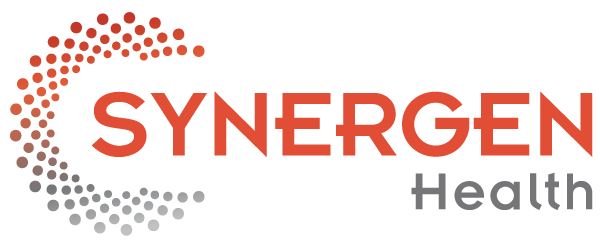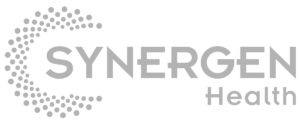Medical debt is a major problem within the U.S. healthcare system.
Of course, this impacts service providers. In 2022 and 2023, providers collected about $500.5 million for services rendered, less than half the amount owed.
While growing medical debt and patients’ inability to pay service providers could stem from a plethora of external issues, one thing healthcare organizations can control is their billing processes and the experience they provide their patients.
Here are 5 ways to optimize your patient billing experience.
1. Streamline Your Billing Process
Complex, confusing bills can lead to delays, disputes, and even unpaid bills. A streamlined billing process (while sometimes easier said than done) will make your, and especially your patients’, lives easier.
To streamline your billing process:
- Use end-to-end RCM technology to automate routine tasks such as sending out bills, reminders, and follow-ups.
- Avoid denied claims by making sure your pre-authorization and eligibility checks (these can be automated, too) are completed before your patients see you for a service.
- Reduce the risk of miscommunications between departments by establishing standardized billing procedures.
2. Provide Transparent Pricing
Unexpected medical bills are no joke. In fact, one report found that 50% of adults surveyed would be unable to pay an unexpected medical bill of $500 in full without going into debt.
The Price Transparency Act, in effect since January 1, 2021, will be the pivoting point in helping patients across the US understand the cost of the care they are being provided BEFORE they receive it. CMS has provided a great asset outlining the Price Transparency Act and how hospitals in the United States are now required to provide [ricing information in friendly, accessible formats.
With this in mind, finding ways to provide your patients with up-front, transparent pricing has never been more important.
To enhance price transparency:
- Wherever possible, set expectations by offering patients an itemized estimate of their out-of-pocket costs before they receive care.
- Implement patient-facing digital tools that allow them to check their insurance coverage, view cost estimates, and even compare prices for services.
3. Offer Multiple Payment Options
Patients expect convenience! If you want to get paid, you have to bring your payment options into the 2020s.
Offering multiple payment options can significantly improve the patient billing experience and accelerate payment collection:
- Provide patients with the option to pay their bills online through a secure portal. Online payments are often faster and more convenient for patients than traditional methods.
- For patients facing high medical bills, offer flexible payment plans that allow them to pay in installments.
- Utilize flexible healthcare billing services powered by robotic process automation (RPA) to boost operational efficiency and improve the patient experience.
4. Leverage Data and Analytics
Using technology to access real-time analytics and data gives you invaluable insights into your revenue cycle.
By analyzing billing data, you can identify patterns, pinpoint bottlenecks, and make informed decisions to improve the billing experience:
- Track important metrics such as days in accounts receivable (AR), denial rates, and patient satisfaction scores.
- Use predictive analytics to anticipate patient payment behaviors and proactively address potential issues. For example, if data shows that a certain demographic is more likely to delay payments, you can tailor your communication and payment options to better meet their needs.
5. Implement a Patient-Centric Approach
Finally, patients expect more than just quality care—they want to feel understood, supported, and informed throughout their entire experience. A patient-centric approach not only meets these expectations but also plays a critical role in ensuring timely payments.
To foster a patient-centric approach:
- Tailor billing communications to each patient’s preferences, whether they prefer digital communications, paper statements, or a mix of both.
- Approach billing with empathy, recognizing that medical bills can be a source of stress for patients.
- Empower patients with access to financial counselors who can help them navigate payment options, insurance benefits, and available financial assistance programs.
Accelerate Your Payments with AI-Driven Billing Solutions
Improving the patient billing experience is often easier said than done. It requires not only the right strategies but also the right technology and partners to make those strategies effective.
Our team has a proven track record of implementing AI-driven solutions that streamline billing processes. The result? Faster payments, improved cash flow, and a more satisfied patient base.
Wondering how the right tech could benefit your revenue cycle? Get a free opportunity assessment.

